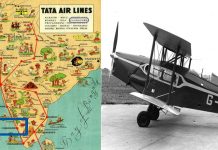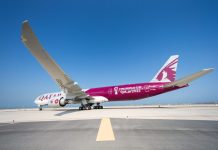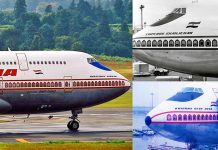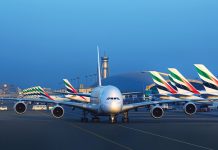How are airplanes cleaned?
The exterior of an airplane is usually cleaned with water, or, it can be cleaned with chemicals.
In the case of conventional airplane cleaning, a strong jet of water is sprayed onto the fuselage surface. The high pressure of the water rinses off any stubborn dirt found on the surface.
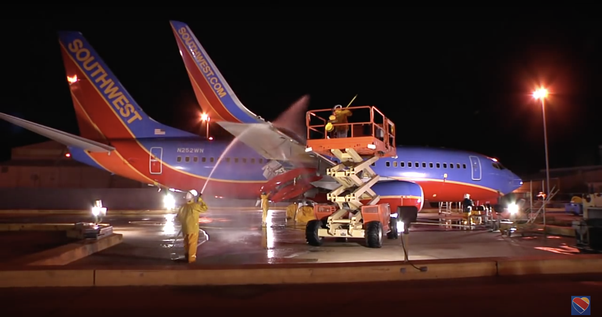
Since a commercial airplane is so colossal, thousands of litres of water is needed to clean off dirt ingrained on the surface of the fuselage. Since clean water is a precious commodity, such a cleaning method can be seen as a waste of resources.
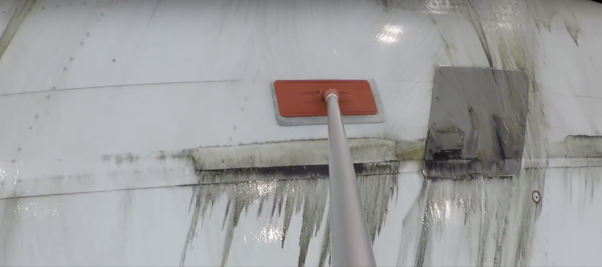
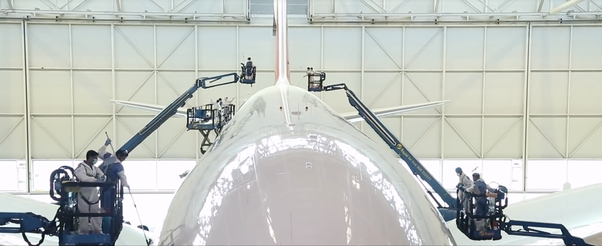
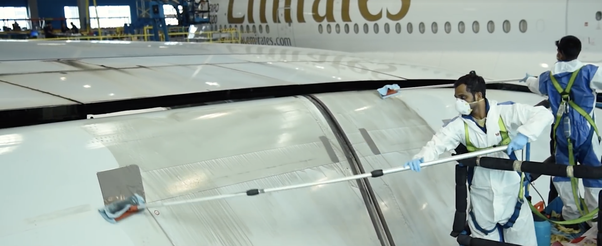
Hence, a new cleaning method was developed to make airplane cleaning more environmentally friendly. Emirates uses an aircraft ‘drywash’ technique to chemically remove grime from the aircraft.
A special cleaning agent is applied onto the airplane surface. The agents dissolve the sticky dirt. Then, workers wipe the agent and the dirt off with mops.
Emirates claims that 11.7 million litres of water are saved annually with drywash. With this cleaning method, their planes are cleaned with “little or no water”, and they only need to be drywashed thrice a year. A clean plane is more aerodynamic and therefore more fuel efficient.
Some airlines also employ large mops to scrub the plane clean.
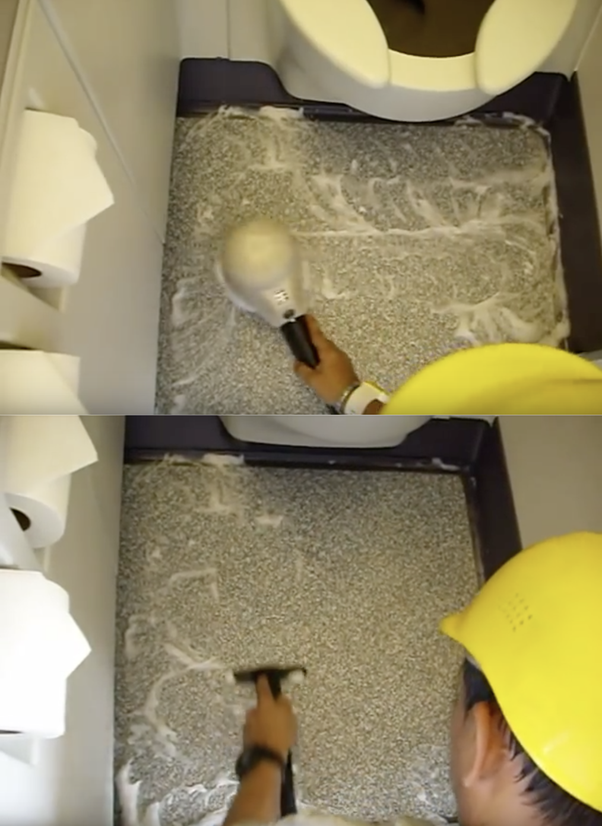
For airplane interior cleaning, shampoo is applied to the carpet flooring, and then vacuumed away. The same goes for the galley and toilet floor. The tray tables and armrests are wiped with anti-bacterial solution. The dirty seat covers get replaced with freshly washed ones.
However, such an extensive cleaning process, known as ‘deep cleaning’, don’t occur after every flight. They only happen when the plane completes its flights for the day.
In between flights, the ground crew completes a ‘clean sweep’ of the cabin, taking out trash, dirty pillows and blankets. The floor may be swiftly vacuumed and mopped. The seats and tray tables will be wiped and disinfected. Nothing gets cleaned in detail.
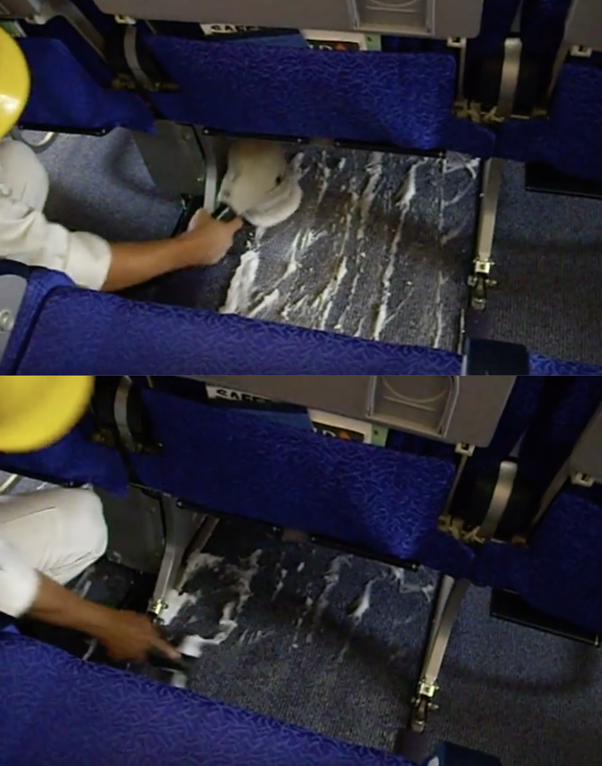
How extensive the ‘clean sweep’ is will depend on how much time the plane is allowed on the ground.
Budget and regional airlines tend to have a short turnaround time between two flights. This means they have a limited time to disembark passengers, clear the airplane, clean, board new passengers, load new cargo and depart again for another flight. Thus, the ground staff would have to clean the cabin hastily to avoid a delay. Consequently, the clean job would be sloppy. The toilets and tray tables may be neglected. The carpet beneath the seats may not be vacuumed.
However, in between long-haul flights, the cleaning crew would have more turnaround time to prepare the aircraft.
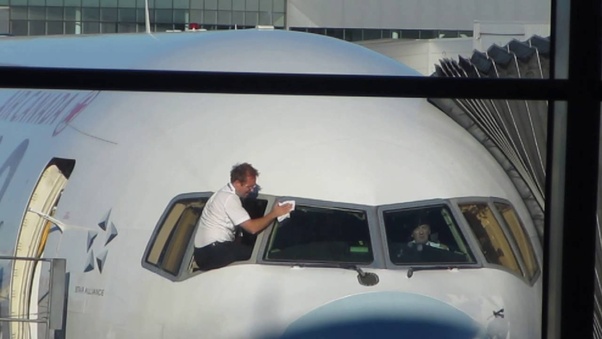
Highly-rated airlines (Read: 4/ 5-star airlines) would clean their planes more decently to avoid staining their reputation. The first and business class sections of the cabin would likely be extensively sanitised to impress the high-paying customers, whereas the economy class section would receive less attention. Nonetheless, airlines (should) work to ensure their planes are properly sterilised to prevent the spread of germs between countries and continents.
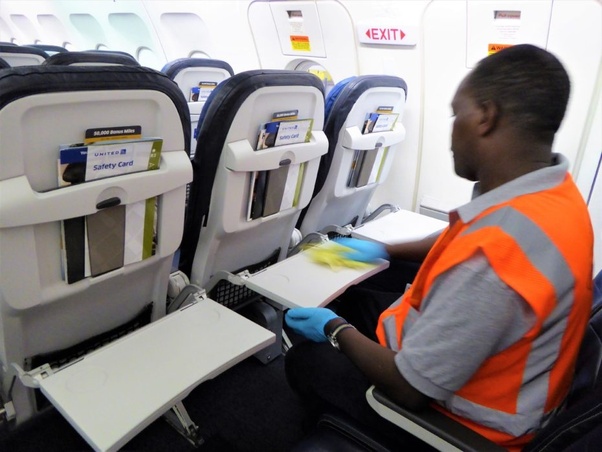
As standard procedure, the cockpit gets sterilised with wet wipes.
And, the cockpit windows are cleaned like so, much to the delight and surprise of passengers:
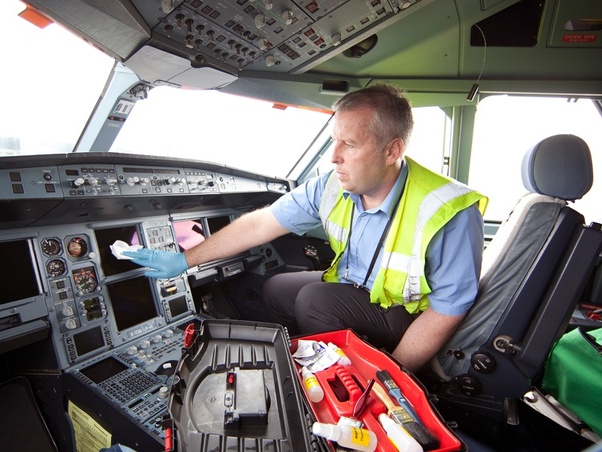
In conclusion:
The exterior of the plane is either cleaned by a powerful jet of water or by drywashing.
The interior can either undergo a ‘clean sweep’ or a more rigorous cleaning process, called a ‘deep clean’. The cabin floor is shampooed and vacuum cleaned. The seat covers are either wiped clean or replaced with fresh ones. The tray tables and armrests are wiped with anti-bacterial cleaning agent.
The quality of the cabin clean-up will depend on the quality of the airline, and the amount of time the cleaning crew is given.


